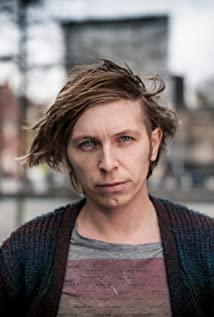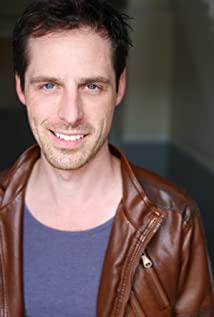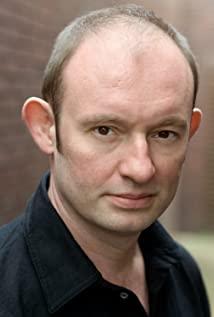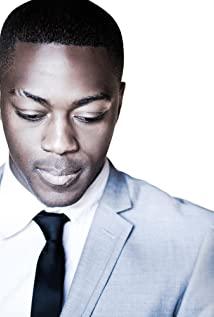Metropolis started a tradition of dystopian urban cinema. Interestingly, in the United States, this tradition will be carried on by a series of films with comic and sci-fi flavors, which are represented by "King Kong", "Batman", "Who Framed Roger Rabbit" and "Roger Rabbit". Blade Runner, etc. This is another branch of film noir, but their interpretation and imagination of the city is no worse than that of "Naked City", "Silent Outbreak" and other films that use real-life shooting to construct the background of the story. In his classic "Delirious New York" (Delirious New York), the architect Koolhaas regards New York as a model of the modern city as a projection of delirious unconscious desire rather than a grid of modern reason It is true that the orderly and rationalized urban space and architectural design envelop the sense of fear and madness in the city all the time, but all these "irrational" feelings seem to permeate through the texture of the building, madness Dreamlike remnants drip into the dark spaces of the city, and it is precisely these that give the city its unique charm and possibility. As legend has it, it was Fritz Lang's 1924 trip to New York that inspired Metropolis, and it is the surreal sense of the modern city itself that gives all of these films With shadowy imagination and a more realistic political imagination than realism.
In the two Batman films directed by Tim Burton, Gotham, the future New York City, was constructed from the vision of New York City by architectural illustrators Hugh Ferris and Harvey Wiley Corbett. Ferris's carbon architecture illustrations are often themed around huge, empty and eerie skyscrapers that stand in damp urban spaces, creating a dark and sublime visual perception; while Corbett imagines the future The city is a combination of early modern arcades and post-modern aerial tunnels. The arcades left by modern industry have become the place for the rest of the sins. It seems that only aerial corridors can provide a moment of tranquility for future urbanites. In "Batman Returns", the Hugh Ferris-style Rockefeller Center has become a grotesque combination of modern, classical and brutal. The huge building designed by Ferris is inseparable from the Art Deco sculpture of sculptor Paul Manship. The sublime beauty of the pre-capitalist era becomes a bizarre dialectic. The same scenario plays out in Blade Runner's vision of Los Angeles, where neo-Mayan-style buildings designed by Robert Stacy-Judd and Francisco Mujica actually house the vast operating systems of space technology.
Some commentators always say that movies like Batman and Blade Runner are postmodern. They mix different genres, parodies various films, and always depict a world in which ultimate values are banished. But if they are really postmodern films, the primary reason is that they capture the postmodern politics of the postmodern metropolis with grotesque accuracy. This is an era of disintegration of Fordism, and the universal employment and social security system advocated by Keynesianism have also come to a tragic end. In this post-Ford metropolis, deindustrialization has caused massive unemployment and building ruins, freelancers and illegal immigration have become mainstream, and class divisions have intensified. While all these pathetic lurkers can't be represented in realist films, they find their place in Penguin and Robot. As a result, these dystopian city films have a true allegorical quality. While "Batman Returns" kept appropriating the slogans of the Los Angeles 1960s riots ("city riots," "community divisions"), it also predicted the political atmosphere of the 1992 LA riots in a strange way. When all the glue of value has been diluted, the urban economy has decayed in stagnation, the modern capital seems to be waiting for the destruction and redemption of the Messiah, and all these films provide that redemptive force interestingly: Superman— The human-animal trinity. When the image of a giant orangutan holding the Empire State Building becomes the symbol of the city, when a super bat saves this degenerate and decadent city, we seem to have found the power to save excessive civilization in the barbarity, and the postmodern The history seems to have once again reached the end of "The Dialectics of Enlightenment".
View more about The Dark Knight reviews











